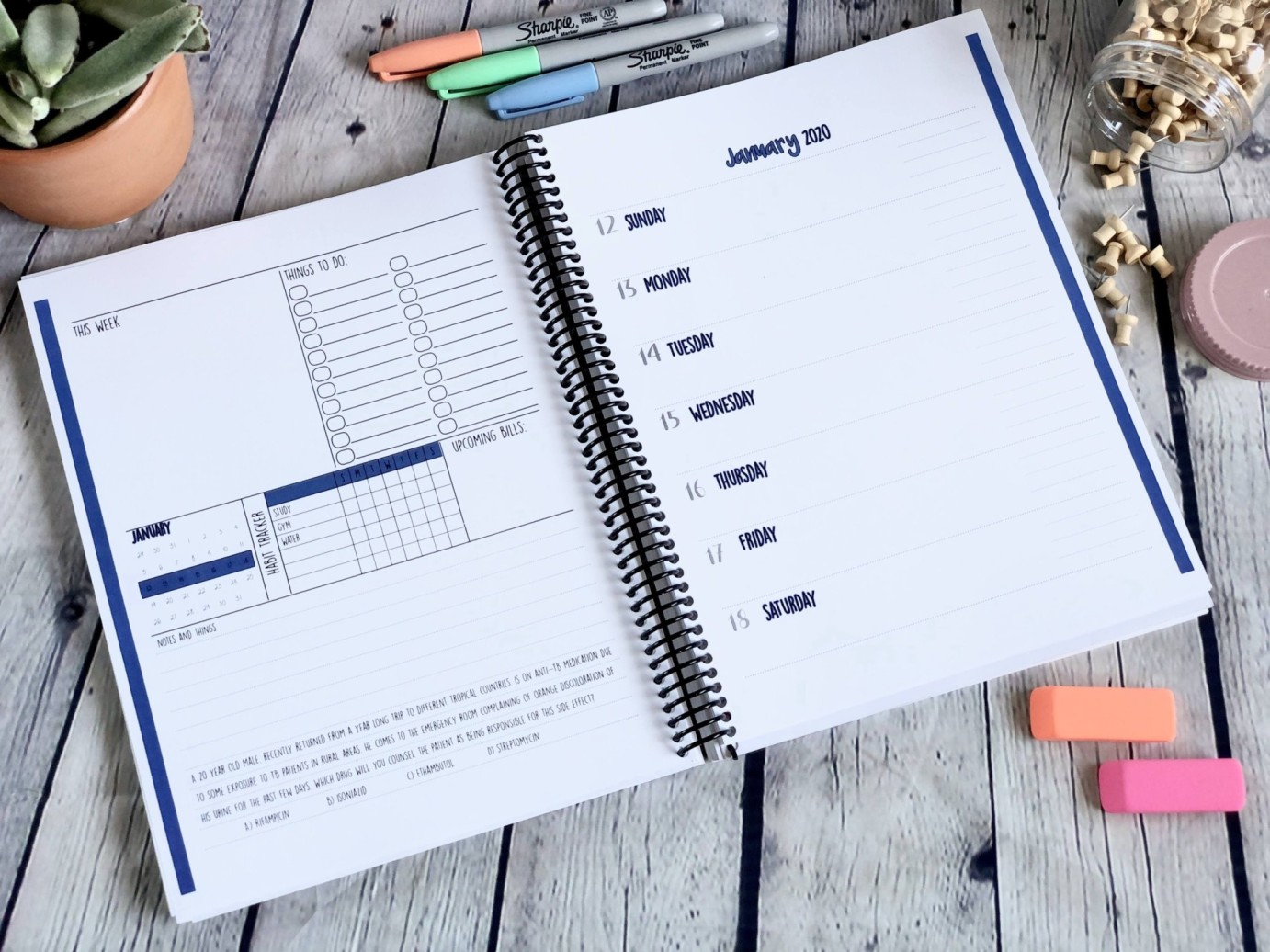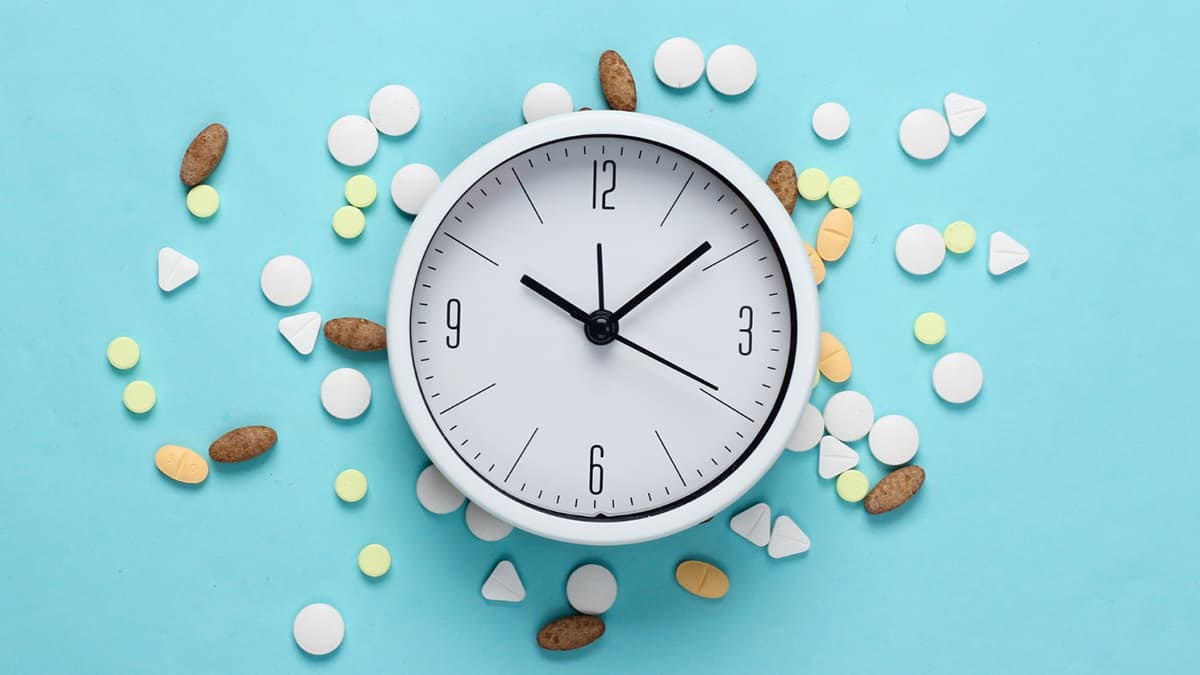In today’s dynamic and ever-evolving landscape of healthcare, the significance of maintaining impeccable organizational skills transcends being merely convenient—it’s a fundamental necessity.
Especially in the context of nurses and healthcare professionals, the art of effective organization isn’t just a nice-to-have skill; it’s a critical component that can literally save lives. This is where the invaluable role of a nurse planner steps into the spotlight, serving as a cornerstone for streamlining daily responsibilities, enhancing patient care, and fostering seamless collaboration within the intricate web of multidisciplinary healthcare teams.
Why Organization Matters in Healthcare
Patient Safety and Care Coordination
In the complex and fast-paced world of healthcare, where every second matters, the importance of organization cannot be overstated. A nurse planner emerges as a pivotal tool that consolidates a myriad of critical patient information, ensuring it’s readily accessible to nurses at their fingertips. From meticulously timed medication schedules to vital allergy alerts, the efficacy of patient safety and the harmonious coordination of care hinge upon the robust foundation of an organized nurse planner. In this sphere, organization translates to patient well-being and streamlined care delivery—where every action, decision, and intervention aligns seamlessly.
Efficient Workflow and Time Management
The role of a nurse is multifaceted, involving a constant juggling act of tasks—administering medications, recording and analyzing patient progress, communicating with various medical professionals, and tending to diverse responsibilities. In this intricate ballet, a well-designed nurse planner emerges as a reliable partner. By offering structured schedules, timely reminders, and intuitive task management, the nurse planner acts as a symphony conductor, orchestrating tasks with finesse. The result? Nurses gain the precious gift of time, which can then be channeled into providing hands-on, attentive care to patients. The ripple effects of such efficiency are felt through improved patient outcomes and enhanced job satisfaction among healthcare professionals.
The Essential Features of a Nurse Planner
A nurse planner goes beyond the realm of traditional organizers. It evolves into a bespoke solution meticulously crafted to resonate with the unique demands of healthcare professionals. Anchoring this evolution are several indispensable features, each meticulously tailored to amplify efficiency, effectiveness, and, ultimately, patient care:
Customizable Schedule Templates
Recognizing the diverse and dynamic nature of healthcare settings, a nurse planner’s versatility comes to the forefront through customizable schedule templates. These templates allow nurses to sculpt shifts that align seamlessly with their roles and responsibilities within the intricate healthcare ecosystem. It’s the embodiment of flexibility—a crucial attribute in an environment that’s perpetually in motion.
Patient Information Tracking
At the heart of a nurse planner lies its role as a central repository for patient information. However, this isn’t just a passive storage mechanism. It’s an active interface where nurses can access comprehensive medical histories, current medications, allergies, and ongoing treatment plans—all aggregated into a cohesive and readily accessible profile. This quick access ensures that crucial patient data is always within reach, contributing significantly to accurate decision-making and personalized care.
Medication Management
The precision of medication administration is a linchpin in healthcare. A nurse planner assumes the role of a vigilant sentinel in this aspect. Sending timely medication reminders and dosage alerts, it aids nurses in adhering meticulously to medication schedules, minimizing errors, and ultimately bolstering patient safety.
Notes and Reminders
In the fluid environment of healthcare, spontaneity often reigns supreme. A nurse planner steps in as a virtual memo pad, empowering nurses to capture spontaneous notes, set reminders for tasks, and ensure that crucial information isn’t lost in the fast-paced shuffle. This feature is akin to a digital safety net, preventing tasks and vital information from slipping through the cracks.
Benefits of Using a Nurse Planner
Enhanced Patient Care
The nexus between organizational prowess and patient care quality is profound. With a nurse planner as a steadfast companion, healthcare professionals can elevate patient care to a level that transcends mere routines. The structured approach provided by the planner allows nurses to forge genuine connections with their patients, embracing their unique needs holistically and thus offering care that resonates on a deeply human level.
Reduced Stress and Burnout
The healthcare domain, with its high stakes and perpetual intensity, is a breeding ground for stress and burnout. Herein lies the transformative potential of a nurse planner. By instilling order amidst chaos, it becomes a potent stress-relief mechanism. As nurses transition from managing chaos to orchestrating order, the nurse planner becomes an ally in alleviating the psychological and emotional toll, fostering renewed energy and resilience.
Improved Communication within Healthcare Teams
The symphony of healthcare is a collaborative endeavor requiring seamless communication among team members. A nurse planner amplifies this by functioning as a shared hub where nurses, doctors, and various healthcare professionals converge. Here, they can collaborate seamlessly, share insights, and remain updated on patient statuses, thereby facilitating the synergy necessary for optimal patient outcomes.
Choosing the Right Nurse Planner
The efficacy of a nurse planner hinges on the precision of selection. Several pivotal factors must be weighed when choosing the ideal nurse planner:
User-Friendly Interface
In a profession where time is of the essence, a nurse planner’s interface must be an intuitive extension of the nurse’s workflow. It shouldn’t introduce complexity but rather enhance efficiency. A user-friendly interface ensures that the nurse planner becomes an asset rather than an impediment.
Integration with Digital Devices
In an era where connectivity transcends boundaries, the nurse planner’s ability to seamlessly sync across devices becomes invaluable. With the proliferation of smartphones, tablets, and computers, a nurse planner that effortlessly integrates with various digital devices ensures that essential information is always accessible, regardless of location.
Security and Privacy Features
Within the realm of healthcare, the sanctity of patient data is sacrosanct. A reputable nurse planner places data security and patient privacy at the forefront. This is not merely a legal obligation but a vital ethical responsibility. Robust security measures are integrated into nurse planners to safeguard patient confidentiality and align with the stringent regulatory standards of healthcare data management.
How to Incorporate a Nurse Planner into Your Routine
Setting Up the Planner
Embarking on the journey with a nurse planner commences with the input of personal and professional details. Nurses establish their identity by offering names and contact information and crafting a meticulous work schedule that serves as the foundation of their routine.
Creating a Daily Schedule
A nurse planner thrives as the virtuoso conductor of the nurse’s daily symphony. Within its pages or digital interface, nurses compose their day, delineating tasks, appointments, and responsibilities with meticulous detail. Timely reminders are set to ensure medication administrations and patient check-ins are punctual, seamlessly aligning with the orchestrated rhythm of the nurse’s day.
Monitoring Patient Progress
The nurse planner’s true prowess lies in its ability to breathe life into patient data. Nurses adopt the role of diligent curators, updating patient records with unwavering accuracy. This encompasses capturing shifts in medical conditions, plotting trajectories of treatment plans, and recording noteworthy observations that contribute to the comprehensive portrait of a patient’s healthcare journey.
Real-life Success Stories
As nurse planners sweep across the global healthcare landscape, narratives of transformation abound. Among these accounts, Jane’s story stands out. Jane, an Emergency Room nurse, recalls, “The nurse planner revolutionized my tumultuous shifts into choreographed routines. It endowed me with the capacity to channel more energy into patient care and less into the chaos of my tasks.”
Nurse Planners in the Age of Technology
As technology unfurls its wings, nurse planners embrace newfound dimensions. The era of mobile applications and cloud-based platforms unfolds a tapestry of innovation. Voice-activated inputs, real-time collaboration, and unprecedented convenience converge to herald nurse planning into an age of technological enlightenment.
Overcoming Challenges and Resistance
Amidst the embrace of innovation, challenges inevitably emerge. Skepticism and resistance, especially from those who are rooted in traditional practices, can cast shadows over the adoption of nurse planners. Addressing such skepticism requires a multi-pronged approach, from comprehensive training initiatives to eloquent showcases of real-life success stories, thus dispelling doubts and nurturing acceptance.
The Future of Nurse Planning
The trajectory of nurse planners points towards a horizon gleaming with exciting possibilities. The convergence of nurse planners with electronic health record (EHR) systems promises enhanced integration. The embrace of predictive analytics and the infusion of AI-driven insights will revolutionize the canvas upon which healthcare professionals orchestrate their work, thereby ushering in an era of unprecedented efficiency and precision.
In the ever-dynamic world of healthcare, precision, and organization are not mere luxuries but essential components that can influence patient outcomes and professional satisfaction. A nurse planner emerges as a formidable ally in this pursuit, equipping healthcare professionals with the means to deliver care that is timely, coordinated, and compassionate. The role of a nurse planner goes beyond conventional planning; it transforms chaos into coherence and elevates the quality of patient care to unprecedented heights. Through the adoption of nurse planners like RekMed, healthcare professionals can navigate the intricate healthcare landscape with confidence, knowing that they have a tool that enhances their abilities and enriches patient experiences. For quality planners tailored for nurses, visit RekMed: a brand providing planners tailored specifically to the unique demands of nursing professionals.








Leave a Reply
You must be logged in to post a comment.